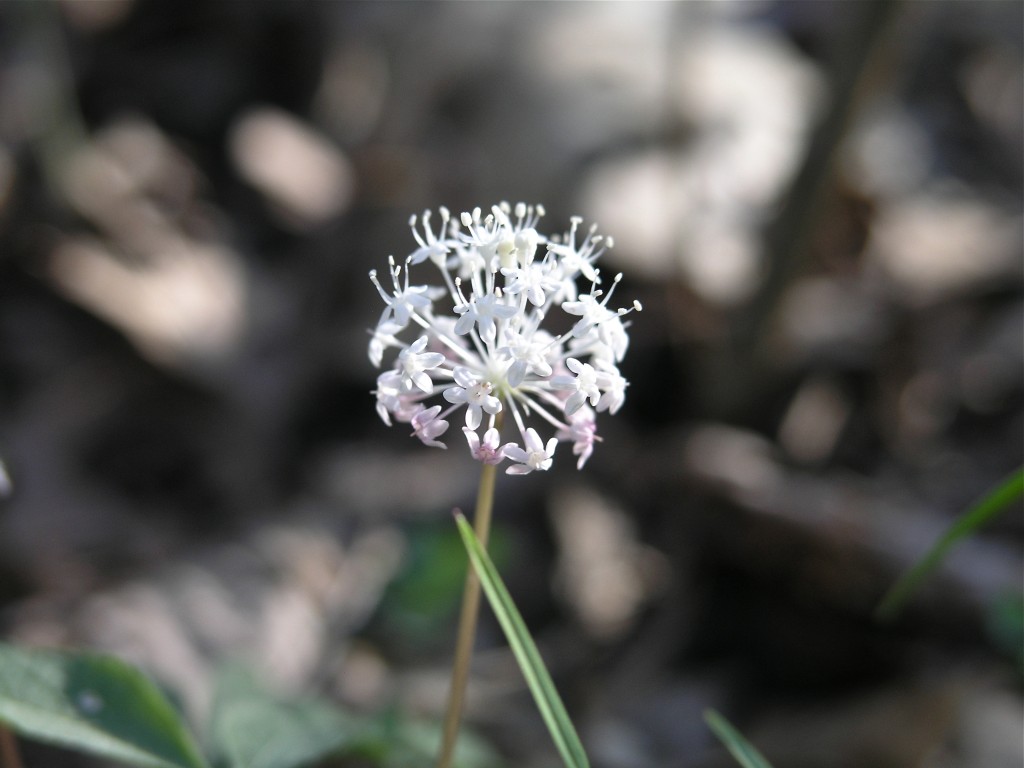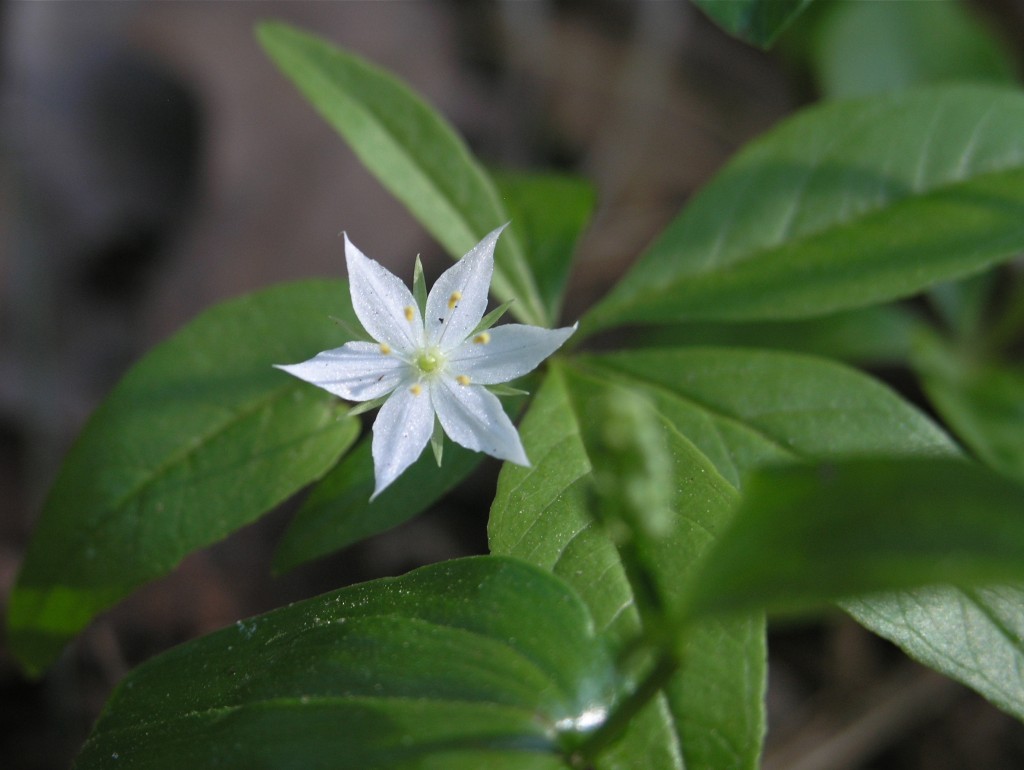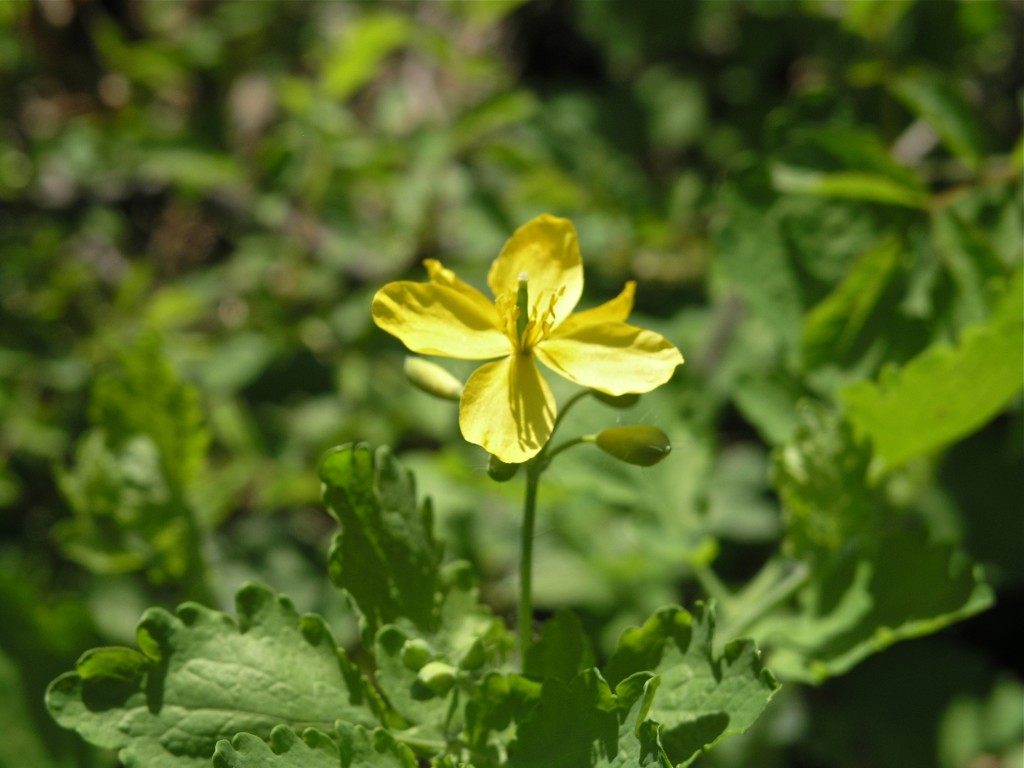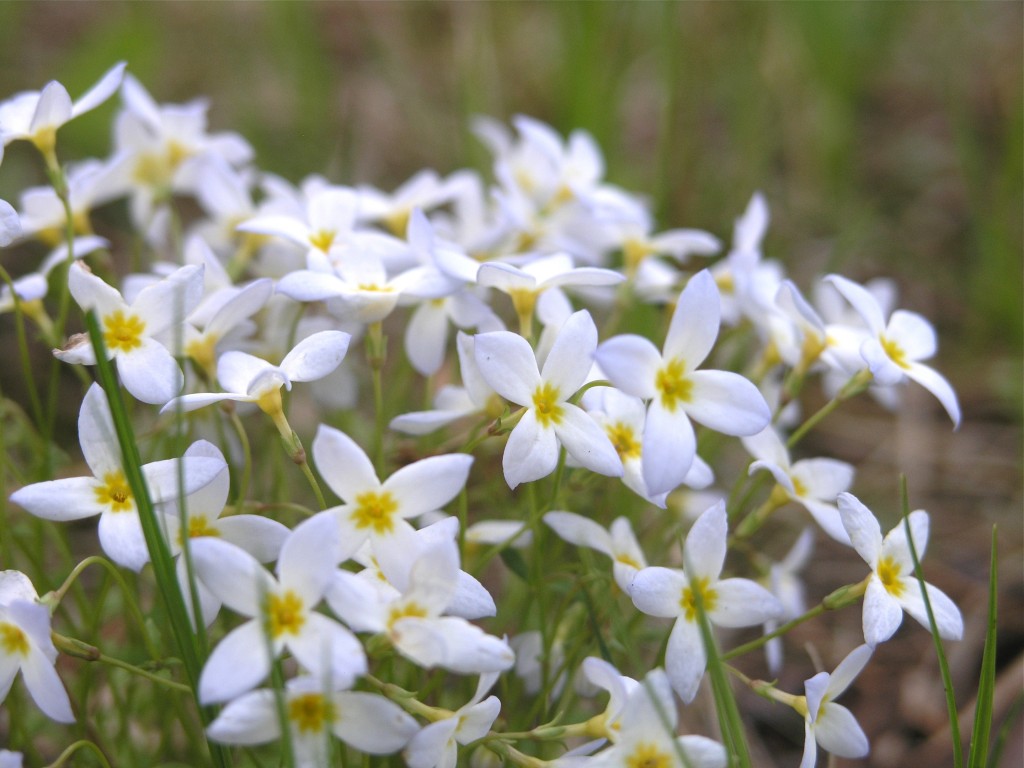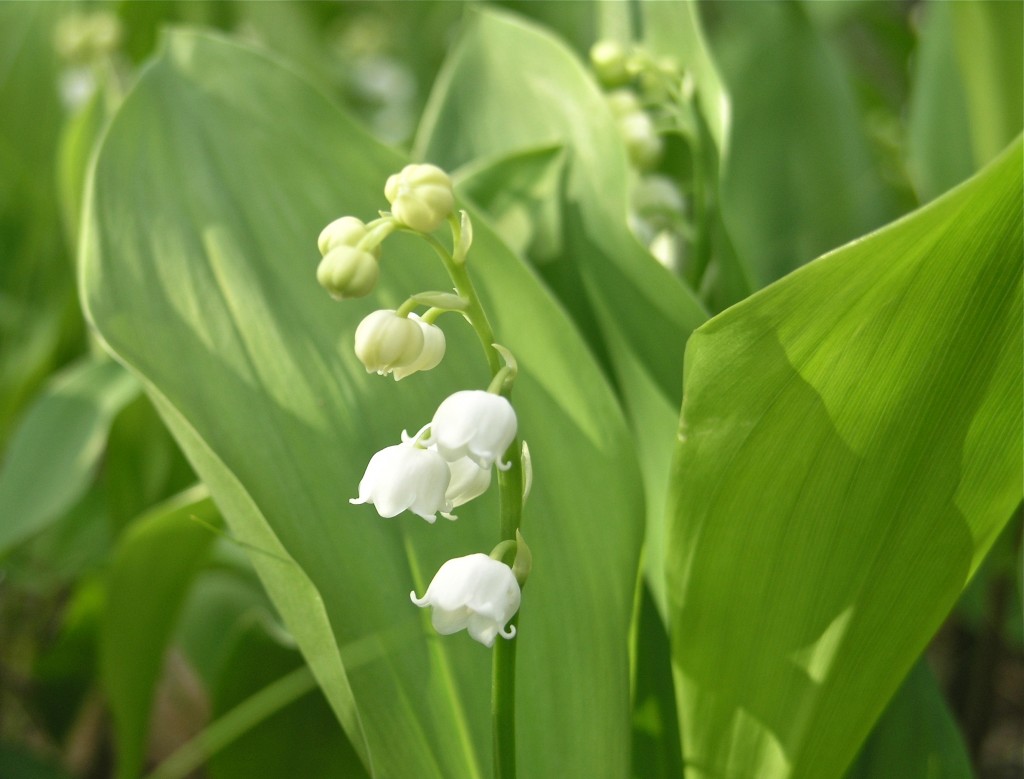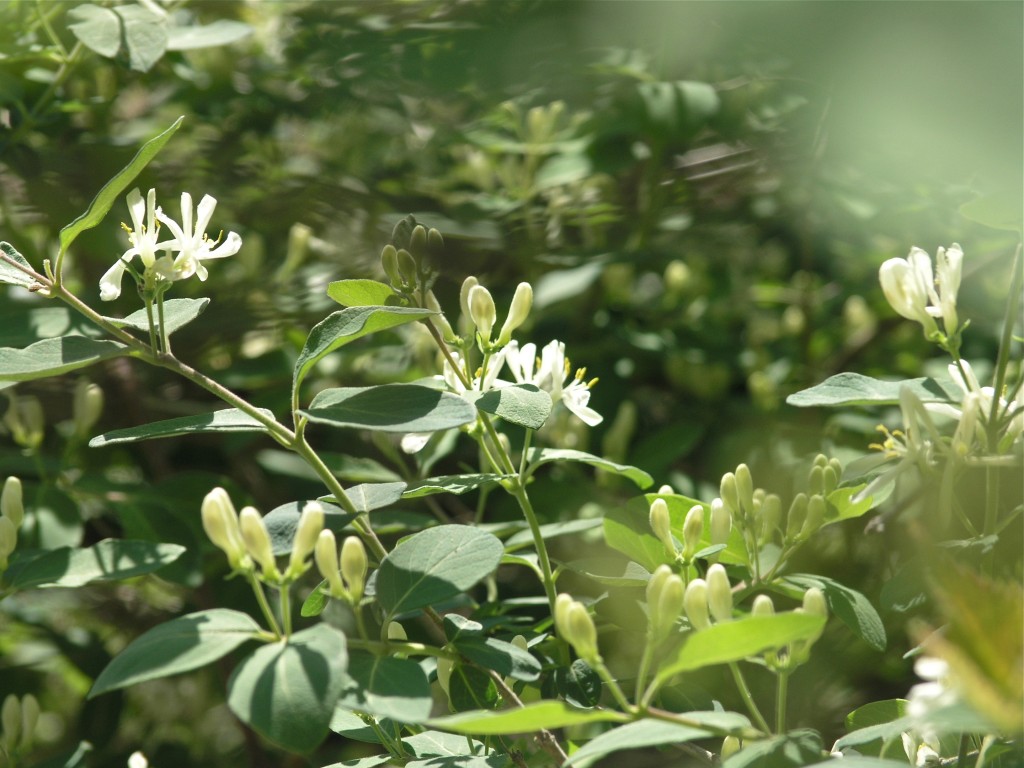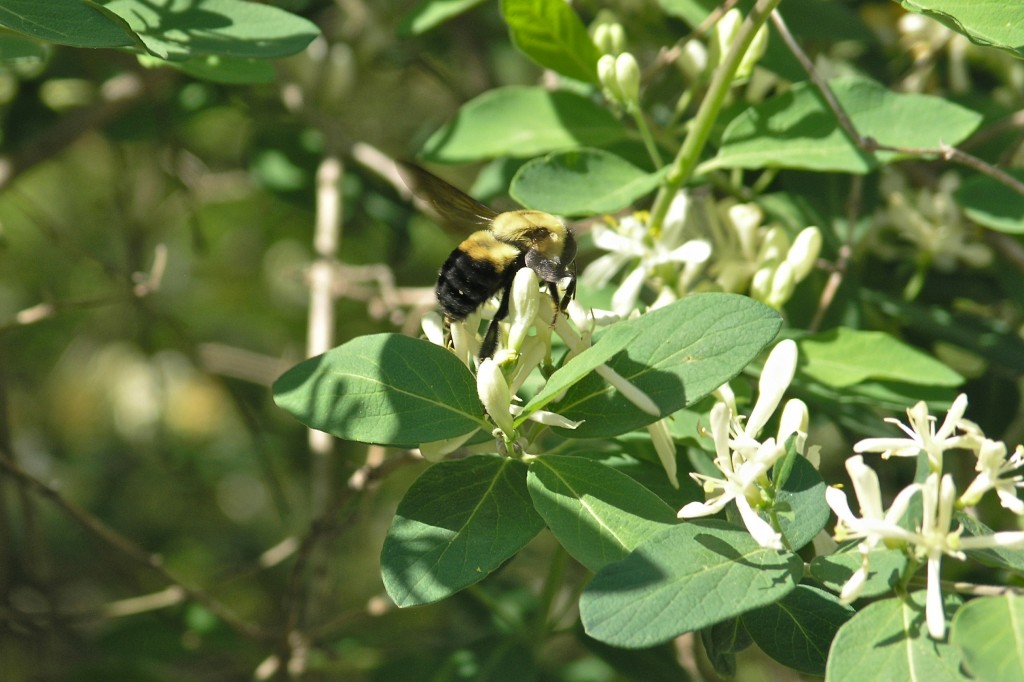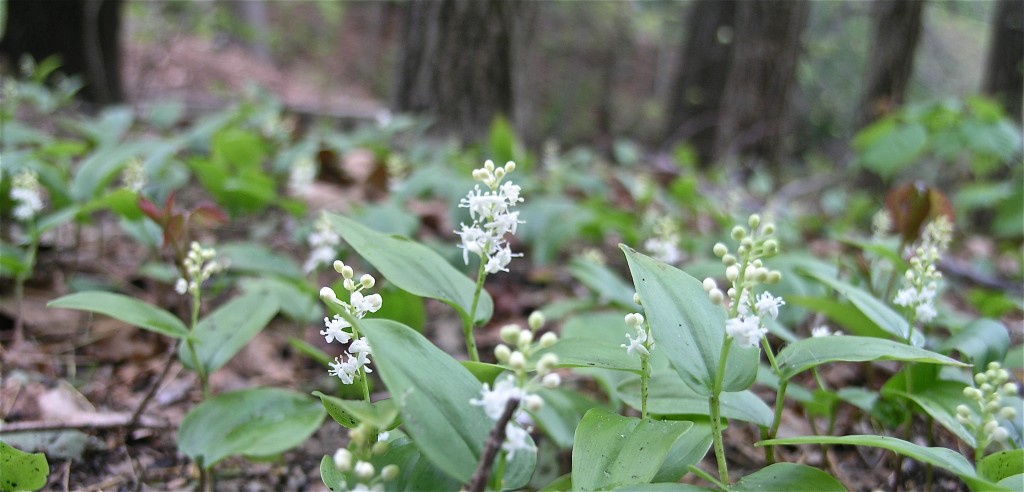
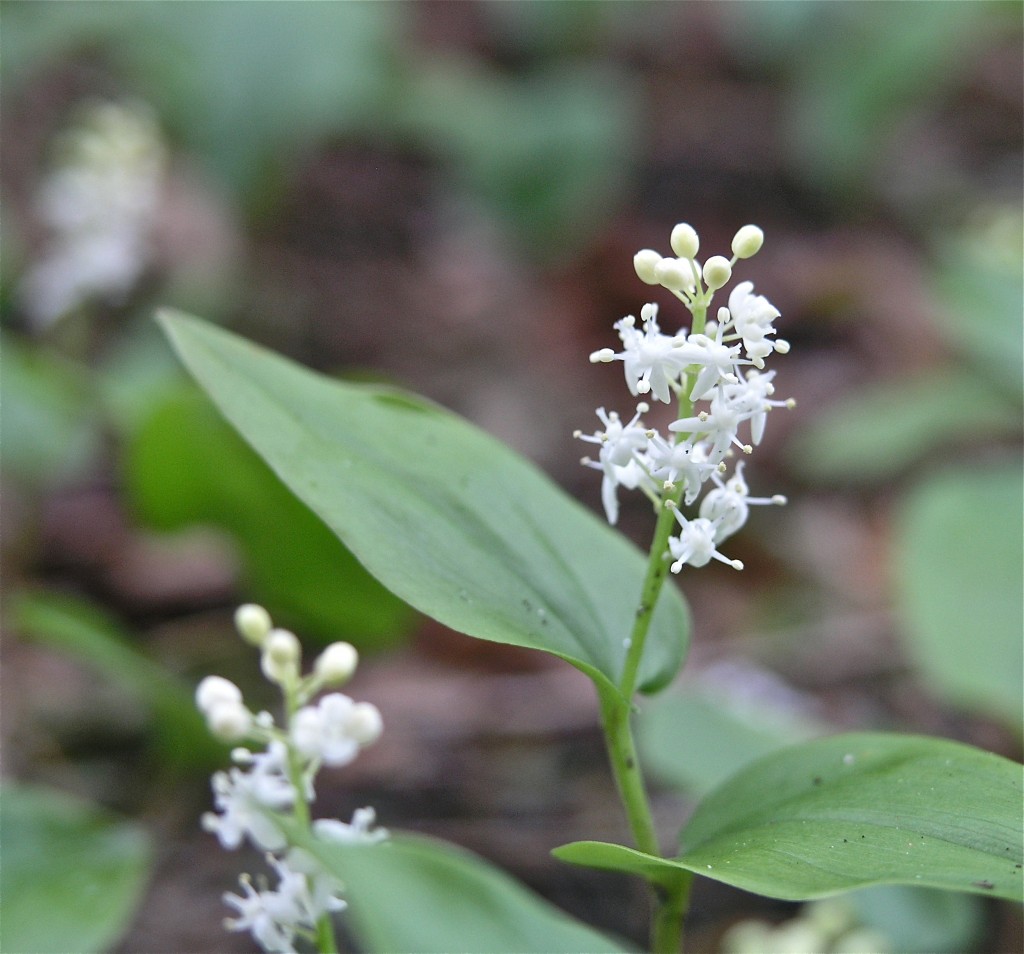 The little leaves for these just stand vertically right out of the ground and have been up for quite a while. Now at last they’re blooming. (I notice it’s also called Two-leaved Solomonseal — another Solomonseal to confuse us.)
The little leaves for these just stand vertically right out of the ground and have been up for quite a while. Now at last they’re blooming. (I notice it’s also called Two-leaved Solomonseal — another Solomonseal to confuse us.)
Canada Mayflower ((Maianthemum canadense)



